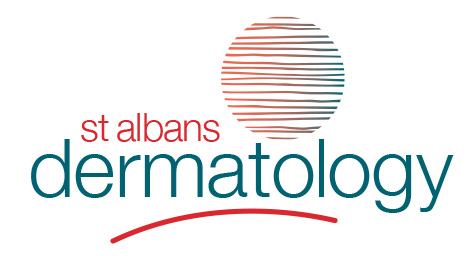our services
The skin is one of the bodies largest organs second only to the gut. There is a myriad of skin disorders seen by dermatologists. Common ones we deal with are:
Dermatitis (eczema)
This is a very common group of immune system mediated skin diseases with a variety of possible types, causes and aggravating factors. It varies from mild to very severe. A common form is atopic dermatitis seen in all age groups. It is a complicated condition with a strong genetic component. Asthma and hayfever are related conditions (in you or your family members). While we cannot cure eczema, treatments are usually very effective. Other types of dermatitis are driven more by irritant chemicals or true allergies (from local contact with chemicals or ingested/internal allergens) so dealing with these can cure the condition. It is common for multiple types of dermatitis to occur in the one patient.
Acne
Acne is very common. It typically starts in teenage years, but is also common in adults. The cause of acne is complex, but include genetics, the tendency of hair follicles to block, infection, inflammation and hormones. Your dermatologist will assess the severity of your acne and prescribe the appropriate treatment.
Psoriasis
Psoriasis is a genetically mediated complex autoimmune disease which affects about 2% of the population (all age groups). As well as the skin, joints may be affected. It is often unpleasant, unsightly, prone to shedding of scaly skin and sometimes itchy. 20% of cases are moderate to severe in extent. Research has taught us a lot about the condition, but there is still much to be learnt. Treatments range from topical creams, ultraviolet light therapy, medications and the newer highly effective biologic therapies.
Skin cancer
There are many different forms of skin cancer and if found early, most can be successfully and easily treated. Regular self examination will help you detect any unusual spots. Examination by your doctor or dermatologist will ascertain if you have a skin cancer and the best course of treatment. The three most common types of skin cancer are:
Basal cell carcinoma (BCC) is the most common skin cancer seen in Australia. It is a cancer of the ‘basal cells’ in the bottom layer of the epidermis (the top layer of the skin). It is usually caused by sun damage, often on the face or limbs, but also common on the scalp, ears, neck and upper trunk. It is locally destructive, but fortunately, basal cell carcinoma is rarely a killer.
Squamous cell carcinoma (SCC) is the second most common skin cancer. It often appears as a thickened red, scaly spot or lump that may bleed easily, crust or ulcerate. It usually grows more quickly than a BCC – over a period of weeks to months on areas of the body frequently exposed to the sun. It mostly occurs in people over 50 years of age. They can be life threatening.
Melanoma is one of the potentially deadly forms of skin cancer, but if caught early, it can often be cured. If it is aggressive or left untreated, melanoma can spread to other parts of the body where it can be life threatening. It may appear from a pre-existing mole or as as a new pigmented spot. Melanoma progressively changes in colour and appearance. Edges are typically irregular and it may become lumpy. For melanoma involving only the skin, surgical excision is often curative. If it spreads to internal parts of the body, the chance of survival is more guarded, but new hospital based treatments offer the chance of a cure and have been a revolution in cancer therapy.
